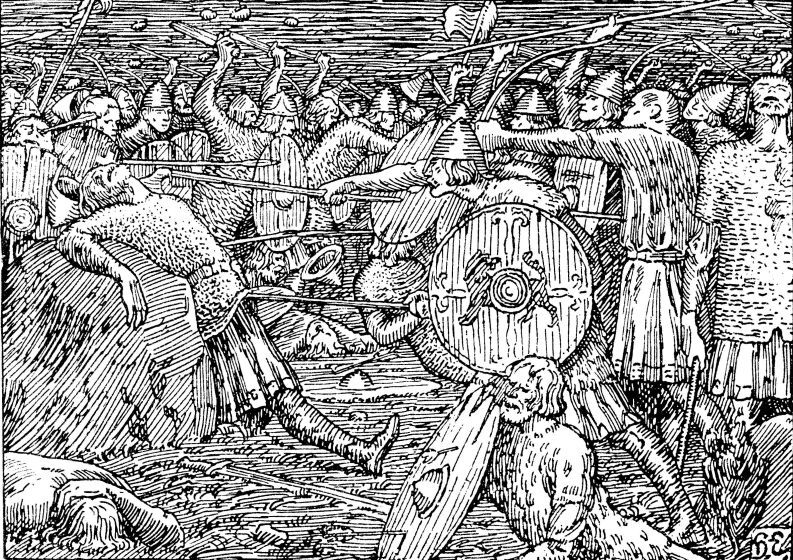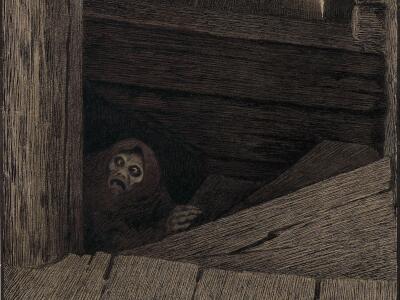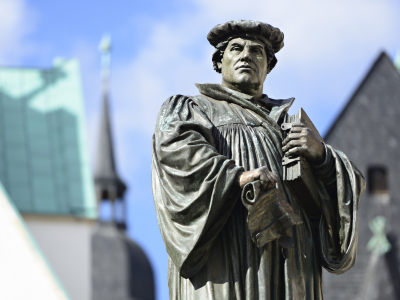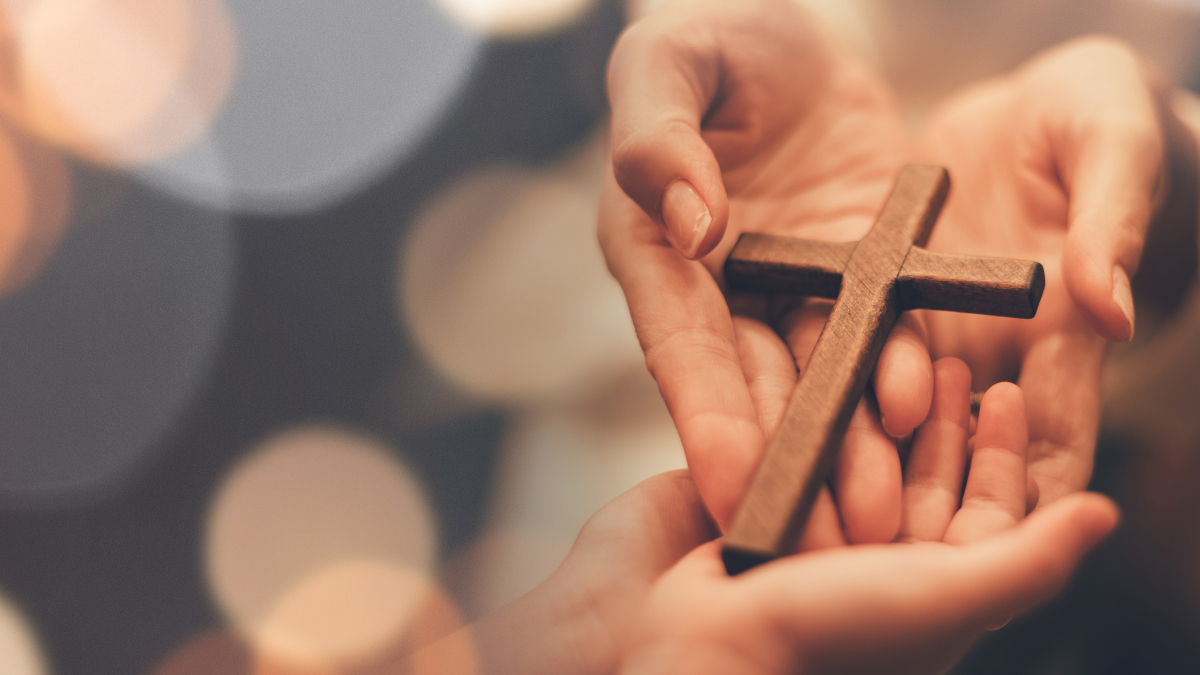The Middle Ages and the Unions

The Middle Ages and the Unions

Christianity comes to Norway
Christianity was the main religion further south in Europe long before it came to Norway. When Olav Haraldsson was killed in the Battle of Stiklestad in 1030, his son sought the assistance of the church in making his father a saint. More and more of the powerful farmers and chieftains gradually adopted Christianity. When those in power went over to the new faith, many ordinary people followed suit. The church soon had a great deal of power. People paid tax to the church, and many of them also gave their land to it. Religion occupied a large place in ordinary people’s lives.
The Black Death

The population of Norway grew from 150,000 to around 400,000 in the years between 1000 and 1300 AD, despite the prevalence of death and disease. Around half of children died before their first birthdays, and many women died in childbirth.
A pandemic broke out in the mid-14th century. This pandemic was called the Black Death because those who caught the disease developed large, blue-black boils on their bodies. Most of those who caught it died within just a few days. Between 75 and 200 million people are believed to have died in the pandemic around the world. Around half of the population of Europe died. A third of Norway’s population died from the disease.
Power in the hands of the church, king and nobility
Most people were farmers during the Middle Ages. During the Viking Age, most farmers had owned their farm and land themselves, but now most farmers had to pay tax to the church, king and nobles. Anyone unable to pay these taxes had to give up their land. This meant that the church, king and nobility became richer and richer, while ordinary people became poorer and poorer.
The first cities in Norway were founded during this period. The biggest cities were Bergen (Bjørgvin), Trondheim (Nidaros), Oslo, Stavanger and Tønsberg.
Union
Danish influence over Norway increased throughout the 14th century, and Norway was in union with Denmark and Sweden from 1397. This union had one king. Sweden later seceded the union, but the union between Denmark and Norway lasted until 1814. The union was ruled from Denmark. The Danish capital Copenhagen was the cultural centre of the union, and Norwegians read and wrote Danish. Norwegian farmers paid taxes to the king in Copenhagen, and Norwegians went there to study.
Protestantism

A religious rebellion started in 1517. The German monk Martin Luther challenged the power of the Catholic Church. More and more people started supporting Martin Luther. They were called protestants because they protested. A number of kings in Northern Europe also supported Martin Luther. The Danish king switched to Protestantism. Protestantism was the state religion in Norway right up until 2012 when the state church system was discontinued.
Talk together

- What was this period of history like in your home country?
- Did the Black Death come to your home country?
- Do you see any parallels with our time?
- Religion occupied a large place in people’s lives. The church had a lot of power. How do you think this affected people? What is the situation today?
- How do you think the union with Denmark affected people in Norway and the development of Norwegian society?

Select the right answer
How large a proportion of the Norwegian population died during the Black Death?
Select the right answer
In what year did Norway join the union with Sweden and Denmark?
Select the right answer
What did the German monk Martin Luther protest about in the early 1500s?
Select right or wrong
Read the statements. What is right? What is wrong?
Select right or wrong
Read the statements. What is right? What is wrong?
